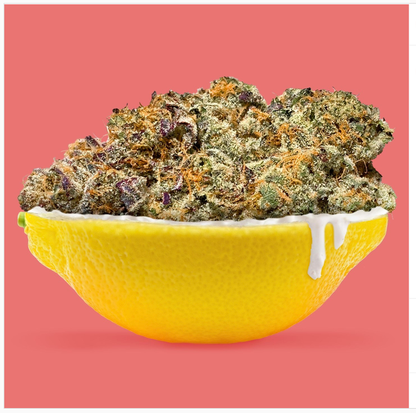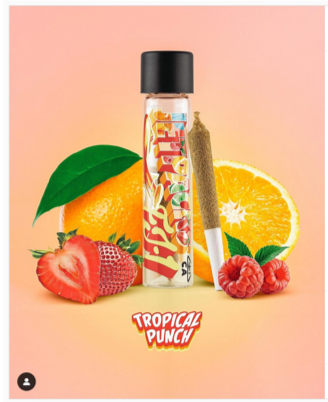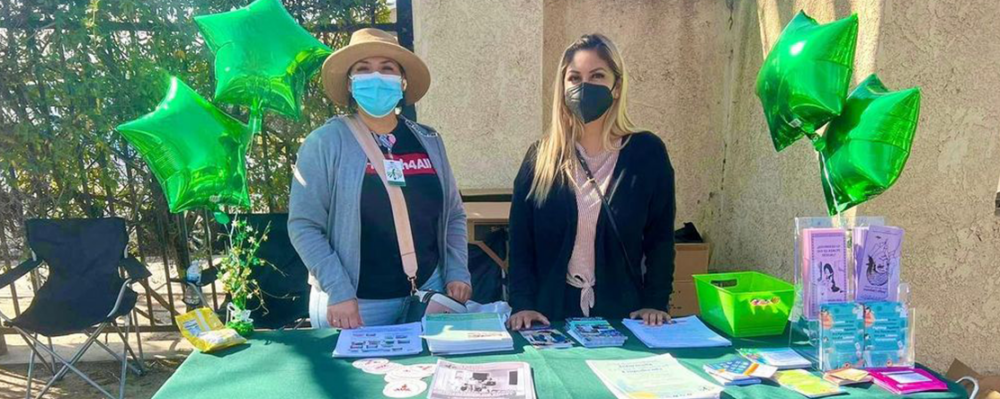
Press Release
New Study Shows Advertising is Associated with California Youths’ Desire to use Cannabis
-
Issues
Cannabis -
Expertise
Coalition & Network Building, Evaluation, Health Education & Promotion, Outreach & Dissemination, Public Policy Advocacy, Public Policy Development, Research – Quantitative, Research – Survey, Technical Assistance -
Programs
Getting it Right from the Start: Advancing Public Health & Equity in Cannabis Regulation, Prevention Policy Group

OAKLAND, CA — California has the largest regulated cannabis market in the world, and youth are increasingly being exposed to advertising for regulated cannabis products and services.
Findings from a new study that published today in the International Journal of Drug Policy reveal California cannabis ads contain features that increase adolescents’ interest in cannabis use. The study, Characteristics and Effects of Cannabis Advertisements with Appeal to Youth in California, was released by Getting it Right from the Start at the Public Health Institute and the UCLA Center for Cannabis and Cannabinoids.

Youth are particularly vulnerable to harms of cannabis use because their brains are still developing. No one wants the regulated market to increase youth use of cannabis, but teens are seeing these very persuasive cannabis ads, especially on social media. We wanted to know how the ads are increasing their interest in using cannabis so we could offer recommendations for better policy.Alisa Padon, PhD, MBE
Study Lead Author and Research Director for PHI’s Getting it Right from the Start
A sample of over 400 California teens (age 16-20) were asked to rate cannabis ads from traditional (i.e. newspapers, billboards, internet) and social media. The ads varied in the types of content features used, such as product information, lifestyle appeals, production elements, health appeals, and characters.
Key Findings
- Several features were significantly associated with increasing youth interest in cannabis use following ad exposure, including illustration, food and flavor references, depictions of positive physical sensations and psychoactive effects from cannabis use, animals or creatures, and descriptive product information.
- The lowest-rated features were health appeals, serious faces, and suggestions that cannabis can be effective at preventing negative moods.
- 87% of youth had seen or heard cannabis ads in the past 30 days.
“These findings represent an opportunity to make targeted adjustments to cannabis marketing regulations to clarify what is attractive to youth. This will help the industry know what to avoid to prevent and reduce cannabis use among youth,” explained Dr. Alisa Padon.
Read the full study. To arrange an interview with the study’s lead author, Dr. Alisa Padon, please contact Zack Kaldveer at zkaldveer@phi.org or 510-938-2664.
###
Examples of Cannabis Advertisements
More Updates
Work With Us
You change the world. We do the rest. Explore fiscal sponsorship at PHI.
Support Us
Together, we can accelerate our response to public health’s most critical issues.
Find Employment
Begin your career at the Public Health Institute.








